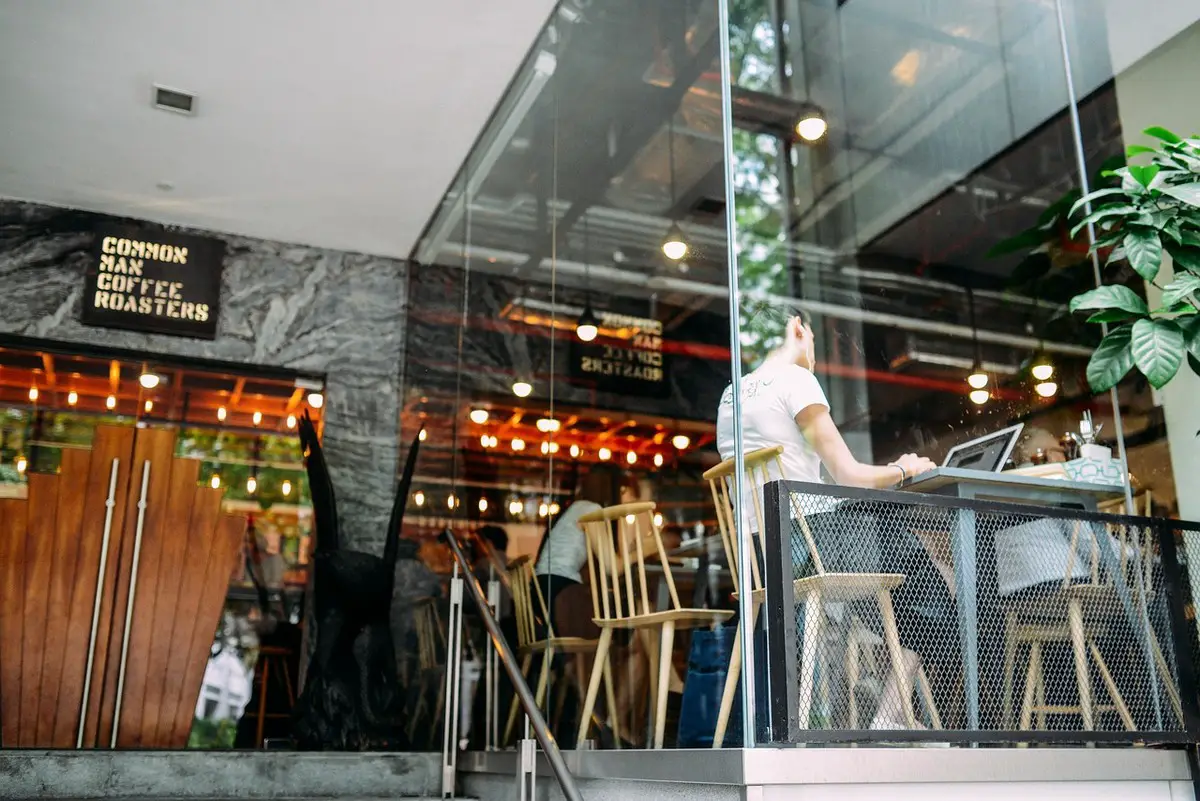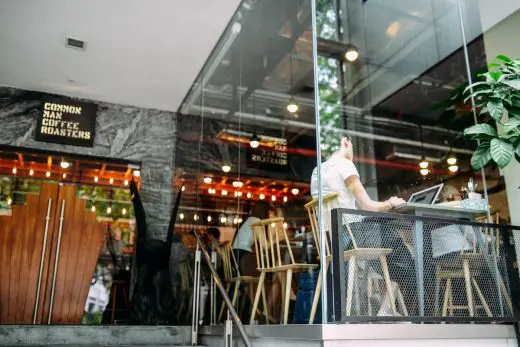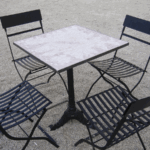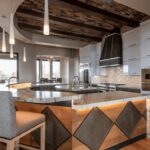How building design shapes restaurant furniture selection guide, Café architectural style, Dining ambience
Architectural Influences: How Building Design Shapes Restaurant Furniture Selection
7 June 2024
Greetings from the amazing world of furniture and architecture coming together to produce unforgettable eating experiences. Restaurants are more than simply places to dine; they are places where creativity and practicality coexist harmoniously to satiate the senses. We set out to investigate the complex link between architectural styles and the furniture choices made in restaurants in this article. Everything about the eating experience, from the opulence of traditional buildings to the clean lines of modern design, matters.
Understanding Architectural Influences
Architecture in restaurant design extends beyond structural aspects to incorporate the fundamental spirit of an eating establishment, while also taking into account restaurant furniture. It sets the tone for the culinary adventure that awaits guests, influencing the mood, style, and ambiance. Whether it’s the homey appeal of a rustic pub or the futuristic allure of a modern café, architectural styles serve as the backdrop for furniture decisions.
When creating a restaurant room, cultural influences, historical background, and even psychological consequences are all important factors to consider. The building’s layout, traffic movement, and seating space distribution all have a direct impact on furniture selection. Also, the incorporation of sustainable practices and natural aspects into architectural design might affect the choice of eco-friendly furniture materials.
Architectural Styles and Their Corresponding Furniture Choices
Each architectural style adds its own distinct flavor to the eating experience, influencing the furniture selection to fit its aesthetic. Traditional architecture produces a sense of history and nostalgia, prompting the use of classic furniture types and rich, timeless materials such as wood and leather. In contrast, modern architecture values innovation and minimalism, embracing sleek, futuristic furniture designs made of metal and glass.
Industrial architecture highlights the raw beauty of urban surroundings by mixing discarded materials and harsh finishes into furniture design. Minimalist architecture, on the other hand, emphasizes simplicity and functionality, with furniture featuring clean lines and subtle elegance. Finally, eclectic architecture celebrates the skill of mixing and matching, allowing a wide variety of furniture styles and materials to coexist peacefully inside the space.
Factors Influencing Furniture Selection
When buying restaurant furniture to make your restaurant interior the way you want it, various factors must be considered to guarantee that both form and function are met. Space usage is critical, with furniture layouts meticulously designed to maximize sitting capacity while maintaining comfort. Comfort and functionality are prioritized, with ergonomic designs and long-lasting materials chosen to endure the rigors of regular use.
Aesthetic harmony with the architectural style is critical for providing a unified and immersive dining experience, but durability, maintenance, and budget limits must also be considered. Furthermore, sustainability and environmental effects are increasingly influencing furniture selection, with a focus on eco-friendly materials and techniques.
Designing for Multifunctional Spaces
Flexibility is essential in today’s rapidly changing dining market. Restaurants must adapt to shifting demands and preferences by using furniture designed for versatile spaces. Versatility is key, from modular seating arrangements that can be readily adjusted to accommodate diverse dining experiences to weather-resistant outdoor furniture.
Technology integration is also becoming more significant, with restaurants including interactive components in their furniture designs to improve the guest experience. Whether it’s built-in charging stations or interactive menus on tabletops, technology is changing the way we eat out.
Influence of Cultural Heritage on Restaurant Architecture and Furniture
The rich tapestry of cultural tradition influences restaurant design and furniture selection. Cultural influences, from the grandiose designs of European palaces to the detailed carvings of Asian temples, instill a feeling of history and tradition in restaurant settings.
In regions with a strong culinary identity, such as Italy or Japan, restaurant architecture frequently reflects local customs and traditions. For example, Italian trattorias may have rustic stone walls and wooden beams, but Japanese izakayas embrace the simple elegance of traditional tatami rooms.
Similarly, furniture selection in culturally themed restaurants is influenced by decades of history and craftsmanship. In Mexican cantinas, chairs and tables are adorned with brilliant colors and intricate patterns that mimic the exuberant energy of the country’s fiestas. Ornately carved hardwood furniture lends splendor to Indian restaurants, reminiscent of the grandeur of old palaces.
Restaurants create immersive dining experiences that transport guests to other countries while evoking feelings of nostalgia and connection by recognizing cultural heritage in both design and furniture selection.
The Role of Architectural Innovation in Shaping Future Dining Spaces
As the food world changes, so does the architecture of dining venues. From cutting-edge technology to sustainable design principles, architectural innovation is transforming the future of restaurant design in new ways.
One example of innovation is the incorporation of smart technology into restaurant architecture and furniture. From interactive menus on table screens to automated ordering systems, technology improves the eating experience by bringing ease and efficiency.
Sustainability is also a motivator for architectural innovation in restaurants. Designers are progressively adding eco-friendly materials and energy-efficient technology into their designs, lowering the environmental impact of dining venues.
The concept of flexible architecture is gaining popularity, with modular designs that enable easy adaption to changing needs. From pop-up restaurants housed in recycled shipping containers to temporary eating installations in abandoned urban spaces, the flexible architecture allows for limitless creative expression and experimentation.
By embracing architectural innovation, restaurants can build dynamic and sustainable venues that adapt to guests’ ever-changing requirements and preferences, ensuring the culinary world’s bright future.
Harmonizing Architecture and Furniture for Enhanced Dining Experiences
In the world of culinary exploration, the collaboration of architecture and furniture design emerges as an essential component in creating remarkable dining experiences. Our investigation into the complex interaction between architectural styles and furniture selections in restaurants revealed the enormous impact that the physical environment has on the ambiance, mood, and overall dining experience.
From the nostalgic embrace of traditional architecture to the sleek attraction of modern design, each architectural style adds its own flavor to the dining scene, influencing furniture choices that reflect its essence. As we delve deeper into the multifaceted considerations of space utilization, aesthetic cohesion, and sustainability, it becomes clear that combining architectural innovation and furniture design not only improves the dining experience but also paves the way for a more dynamic and sustainable future in the culinary world.
In the ever-changing world of restaurant design, the journey does not end with the selection of furniture but also includes embracing architectural innovation as a catalyst for transforming dining environments. As we look ahead, the convergence of smart technologies, ecological practices, and adaptable architectural concepts has the potential to change the fundamental character of dining places.
Restaurants may break down traditional barriers via smart design and a commitment to adaptation, creating immersive settings that change in tandem with changing tastes and preferences. By harmonizing architecture and furniture design, we go on a journey to enhance eating experiences that embody the spirit of innovation, sustainability, and creativity, guaranteeing that the culinary world continues to captivate and inspire future generations.
Comments on this guide to How building design shapes restaurant furniture selection article are welcome.
Restaurant Furniture
Restaurant Furniture Articles
Choosing the right restaurant furniture
Choose best restaurant furniture for more tourists
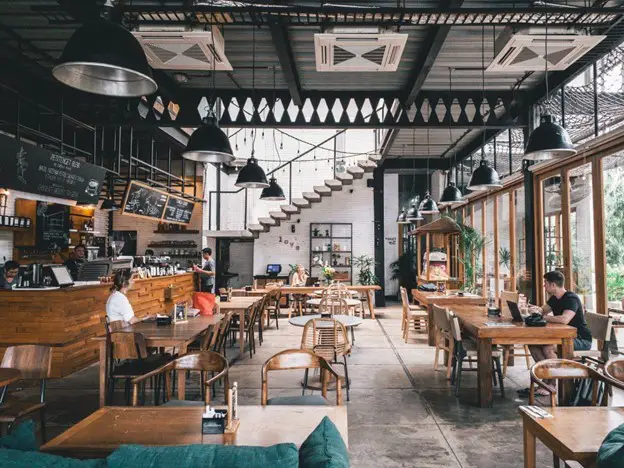
image source : unsplash.com
Restaurants
Restaurants Posts
Tips to Make Your Café More Exciting
Make your restaurant profitable and stand out
Things every restaurant owner should know
Building Articles
Comments / photos for the How building design shapes restaurant furniture selection advice page welcome

